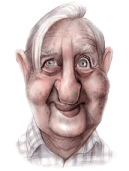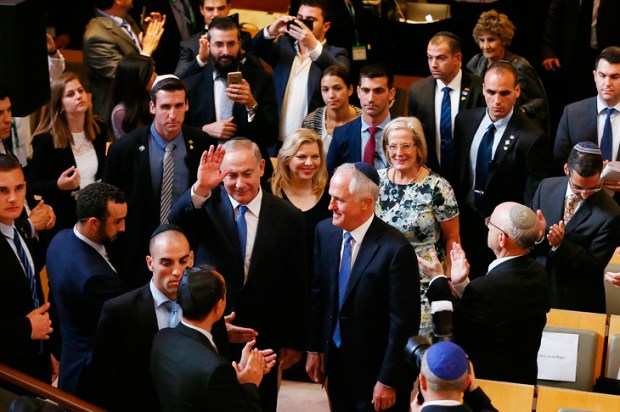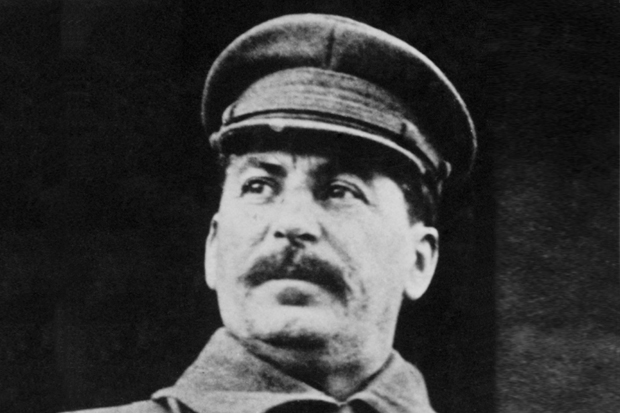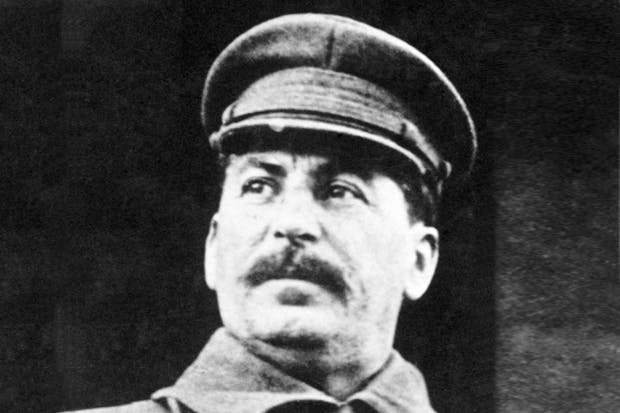Neither ‘Albo’ Albanese nor Billy Shorten will be the next Labor prime minister, according to John Howard. This is partly because the first leader of the opposition that any party picks rarely goes on to win government. There are usually several changes before electoral victory — from, for example, Evatt to Calwell to Whitlam, or from Peacock to Hewson to Howard, or from Nelson to Turnbull to Abbott. There is also another reason. By empowering the rank and file, Labor has chosen the worst way of selecting a national leader. The rank and file in each electorate, Howard says, should select the local member, but choosing the parliamentary leader should be left to the MPs.
Howard was speaking at the first of three book launchings during the week. He was launching, or relaunching, Rowan Dean’s brilliant Beyond Satire about the Gillard years. Howard dismissed Gillard’s complaints about misogyny. Her basic problem was that, having won the Labor leadership by knifing Kevin Rudd and not by popular election, she lacked authority. As for political satire, Howard thinks Peter Costello was the funniest man in Parliament and Pryor the best of the newspaper cartoonists. Asked about Leak, he said grudgingly that he was ‘OK’. Howard nurses a few wounds inflicted by Leak and others. But it is all blood under the bridge now. ‘I never sued anybody.’
The next launching in a busy week was a more revolutionary event. It was of an e-book, designed to be free, and launched by the author, Robert Darroch. The Scaly Back of a Reptile and the Horrible Paws is the culmination of Darroch’s more than 30 years’ research into D.H. Lawrence’s weeks in Sydney and the South Coast in 1922. (His explanatory subtitle is ‘The Search for the Truth about D.H. Lawrence’s Kangaroo.’ The main title is taken from Sidney Nolan’s cruel painting of Patrick White.) So exhaustive has been Darroch’s research that he is able to diarise almost every hour of every day that Lawrence spent in and around Sydney. What sustained him has been the conviction that the political theme of Kangaroo is not, as is often claimed, a novelist’s transposition to Sydney of fascistic developments observed in Italy but the analysis of developments that Lawrence had stumbled on in Australia, especially the organisation of ex-servicemen into a secret militia ready to combat communistic subversion in New South Wales. Darroch’s identification of figures on whom the fictional characters are based will not convince the die-hard sceptics but will impress most readers. He shows that Kangaroo evokes not only the daily life of Australia in the 1920s but its clandestine politics as well. The text is beautifully illustrated by Garry Shead and Paul Delprat. Check it out yourself on www.dhlawrencesocietyaustralia.com.au.
The third launching was of three Australian thrillers at Gleebooks. The first, Standing in the Shadow, is by the Old Master, Peter Corris, creator of Cliff Hardy, private investigator, still the best known character in Australian fiction. It is three weird tales — about a homosexual wrestler, a transvestite draft-dodger and a lesbian literary agent. A friend sees it as Corris’s Fifty Shades of Grey. Corris hopes it will have comparable sales. The second thriller is Shark City by James Murray. It explores the ‘wilderness of mirrors’, the secret world of covert operations in Sydney, Bangkok and Glasgow (where Murray was born.) A visual tale, it would make a splendid film. Murray told his audience that crime fiction has now become the best way for a journalist to tell the truth about the world since truthful traditional reporting these days will land you in gaol for criminal libel. The third thriller is Professor Michael Wilding’s Asian Dawn, a comic mystery about an academic publisher and other lurid characters. Wilding quoted his friend, the famous book editor Carl Harrison-Ford, that he misses the old days of book launches when there were no speeches and people only rolled up for the free drinks and to pinch the book.
No surprise that the media had troubles reporting the High Court’s judgments handed down last week in two cases centred on Aborigines. In the West Australian case, Ernest Munda had killed his de facto wife and in New South Wales William David Bugmy had assaulted and partially blinded a prison officer. Both cases went to the relevant court of appeal and then to the High Court on the issue of the severity of the sentences. Should Aboriginality be considered in sentencing? Some media reported that the High Court had held that it should be taken into account and would lead to less severe sentences, while others reported that the court held that Aboriginality need not be considered in sentencing. The point appears to be that the court considers deprivation to be relevant — and it is more prevalent among Aborigines. But being relevant does not mean being decisive. It is one factor among others — punishment, deterrence, rehabilitation – in settling a sentence. Final judgment depends on the case not on race. Misleading reports of the High Court judgments caused some concern in the public which wants to see justice done to Aborigines but cannot accept that there be one law for Aborigines and another for the rest of us. A nagging question remains that was spelt out in Stephanie Jarrett’s recent book, Liberating Aboriginal People from Violence: to what extent is Aboriginal violence to women an ancient tradition (dating back 40,000 years?) And what must be done to eliminate it?
Got something to add? Join the discussion and comment below.
Get 10 issues for just $10
Subscribe to The Spectator Australia today for the next 10 magazine issues, plus full online access, for just $10.













Comments
Don't miss out
Join the conversation with other Spectator Australia readers. Subscribe to leave a comment.
SUBSCRIBEAlready a subscriber? Log in